ING Direct 2004 Annual Report Download - page 12
Download and view the complete annual report
Please find page 12 of the 2004 ING Direct annual report below. You can navigate through the pages in the report by either clicking on the pages listed below, or by using the keyword search tool below to find specific information within the annual report.-
 1
1 -
 2
2 -
 3
3 -
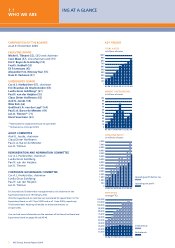 4
4 -
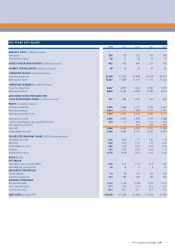 5
5 -
 6
6 -
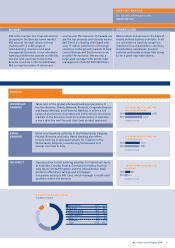 7
7 -
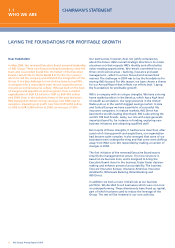 8
8 -
 9
9 -
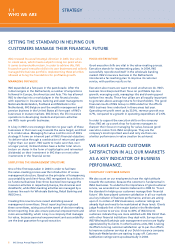 10
10 -
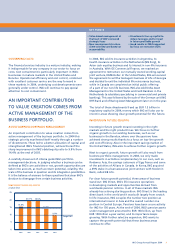 11
11 -
 12
12 -
 13
13 -
 14
14 -
 15
15 -
 16
16 -
 17
17 -
 18
18 -
 19
19 -
 20
20 -
 21
21 -
 22
22 -
 23
23 -
 24
24 -
 25
25 -
 26
26 -
 27
27 -
 28
28 -
 29
29 -
 30
30 -
 31
31 -
 32
32 -
 33
33 -
 34
34 -
 35
35 -
 36
36 -
 37
37 -
 38
38 -
 39
39 -
 40
40 -
 41
41 -
 42
42 -
 43
43 -
 44
44 -
 45
45 -
 46
46 -
 47
47 -
 48
48 -
 49
49 -
 50
50 -
 51
51 -
 52
52 -
 53
53 -
 54
54 -
 55
55 -
 56
56 -
 57
57 -
 58
58 -
 59
59 -
 60
60 -
 61
61 -
 62
62 -
 63
63 -
 64
64 -
 65
65 -
 66
66 -
 67
67 -
 68
68 -
 69
69 -
 70
70 -
 71
71 -
 72
72 -
 73
73 -
 74
74 -
 75
75 -
 76
76 -
 77
77 -
 78
78 -
 79
79 -
 80
80 -
 81
81 -
 82
82 -
 83
83 -
 84
84 -
 85
85 -
 86
86 -
 87
87 -
 88
88 -
 89
89 -
 90
90 -
 91
91 -
 92
92 -
 93
93 -
 94
94 -
 95
95 -
 96
96 -
 97
97 -
 98
98 -
 99
99 -
 100
100 -
 101
101 -
 102
102 -
 103
103 -
 104
104 -
 105
105 -
 106
106 -
 107
107 -
 108
108 -
 109
109 -
 110
110 -
 111
111 -
 112
112 -
 113
113 -
 114
114 -
 115
115 -
 116
116 -
 117
117 -
 118
118 -
 119
119 -
 120
120 -
 121
121 -
 122
122 -
 123
123 -
 124
124 -
 125
125 -
 126
126 -
 127
127 -
 128
128 -
 129
129 -
 130
130 -
 131
131 -
 132
132 -
 133
133 -
 134
134 -
 135
135 -
 136
136 -
 137
137 -
 138
138 -
 139
139 -
 140
140 -
 141
141 -
 142
142 -
 143
143 -
 144
144 -
 145
145 -
 146
146 -
 147
147 -
 148
148 -
 149
149 -
 150
150 -
 151
151 -
 152
152 -
 153
153 -
 154
154 -
 155
155 -
 156
156 -
 157
157 -
 158
158 -
 159
159 -
 160
160 -
 161
161 -
 162
162 -
 163
163 -
 164
164 -
 165
165 -
 166
166 -
 167
167 -
 168
168 -
 169
169 -
 170
170 -
 171
171 -
 172
172 -
 173
173 -
 174
174 -
 175
175 -
 176
176 -
 177
177 -
 178
178 -
 179
179 -
 180
180 -
 181
181 -
 182
182 -
 183
183
 |
 |

STRATEGY
(continued)
1.1
WHO WE ARE
10 ING Group Annual Report 2004
THE IMPORTANCE OF ECONOMIC PROFIT
In order to measure its performance on value-based
management, ING focuses on economic profit, which measures
profit beyond the cost of capital. In the past, it was often
considered sufficient to focus on accounting profit, because
capital was abundant and profit and value creation went
hand in hand. In today’s circumstances, capital is scarce and
the right allocation of capital is key as it is a major element
to value creation. This makes economic profit a key measure
when managing for value. Two important indicators help ING:
Risk-Adjusted Return On Capital (RAROC) and Internal Rate of
Return (IRR). RAROC measures value creation in ING’s banking
activities. IRR on new business stands for the internal rate of
return realised on new life business written and is a good
measure of value creation in ING’s insurance activities.
ING improved on both measures in 2004, encouraging us to
continue with the implementation of the new strategic focus.
MANAGING FOR VALUE BECAME
THE CORE OF OUR STRATEGY.
CONCLUSIONS AND AMBITIONS
ING sharpened its strategic focus in 2004. Managing for value
became the core of ING’s strategy. Good execution, a focus on
the customer and active business portfolio management led
the way to improved results. But ING’s strategy does not focus
on one year. ING wants to offer continuity to its investors,
providing them with better returns on their investment in
the longer run. We will therefore continue to emphasise and
implement the renewed strategic focus, by optimising the
business portfolio, guiding the business lines towards good
execution skills and investing in future growth. The final result
of this strategy will be a business mix that respects ING’s
identity, offers more value-creating opportunities and rewards
our shareholders with a better total shareholder return.
